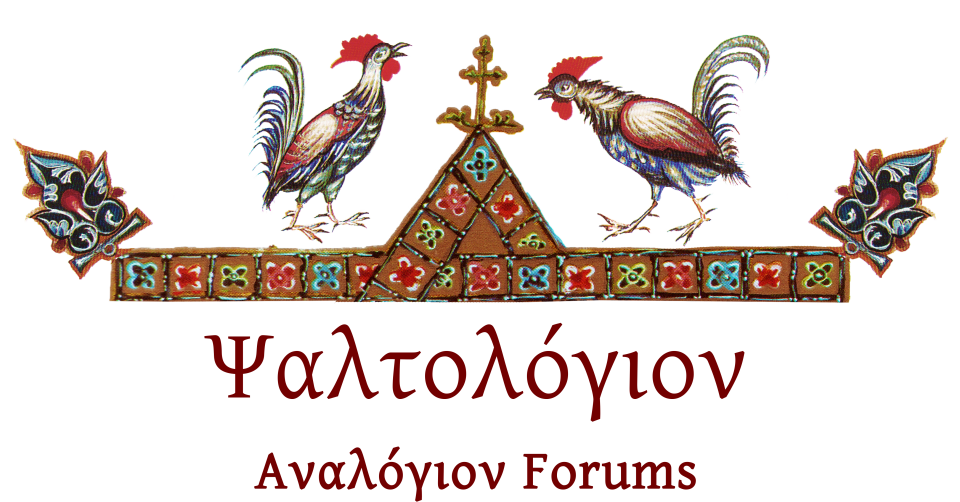Thank you for drawing attention to this interesting article. I suggest also to read Thibaut’s publications about the typikon of Bačkovo (a Georgian monastery founded by Strategos Bakuriani), because the monks there pretended, no sources had been left at the collection of the monastery and not even the intervention of the Patriarch could change the situation. We should also bare in mind that long before the foundation of the state declared by a newly established own Patriarchate, big parts of Southern Bulgaria had an active tradition of Orthodox Christians celebrating in Greek, also with a profound insight into the psaltic art. In that respect Plovdiv was very close to other Poleis like Edirne or Constantinopole.
Seminaries educating young boys in Old Church Slavonic had to be re-established decades ago by Neofit of Rila who was also a student of Konstantinos Vyzantios (and thus closely associated to the Phanariotes) and translated the edition of the Typikon of the Great Church (before Mateos’ edition) of his teacher about the cathedral rite into Old Church Slavonic. He was recognised as an authority by requests to teach Old Church Slavonic at the University of the Ecumenical Patriarchate on the island of Halke. It is correct that Manasi Pop Todorov created the chant books still used today, but he continued older editions and also Ivan Kaikov’s influence given by the context of Iakovos Nafpliotis’ oral school became published by Petĕr Sarafov in 1912, when he also published Slavonic versions as extracts of Iakovos the Protopsaltes’ Doxastarion argon. Another institution which should be mentioned here, is the Bulgarian Exarchate established 1870 according to an Ottoman decree. The iron church of St Stephen which replaced the wooden building of the Exarchate in 1898, always stood for a particular orientation versus the New Music Schools of the Patriarchate and a systematic translation of the liturgical texts which was a work that was once started by Neofit Rilski. One should also consider that the national movement was an urban phenomenon rather rarely concerned about rural areas with its traditional local redactions which had been celebrated the Greek or the Slavonic rite since many centuries.
